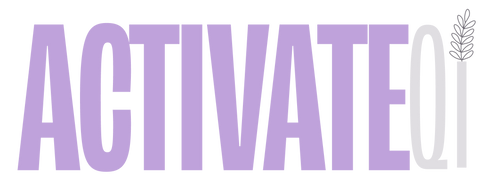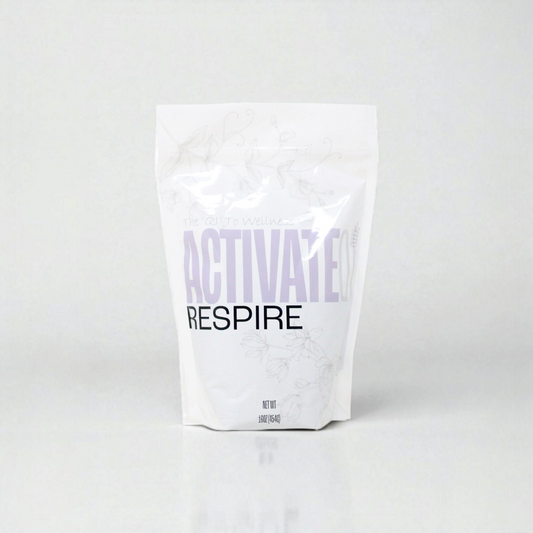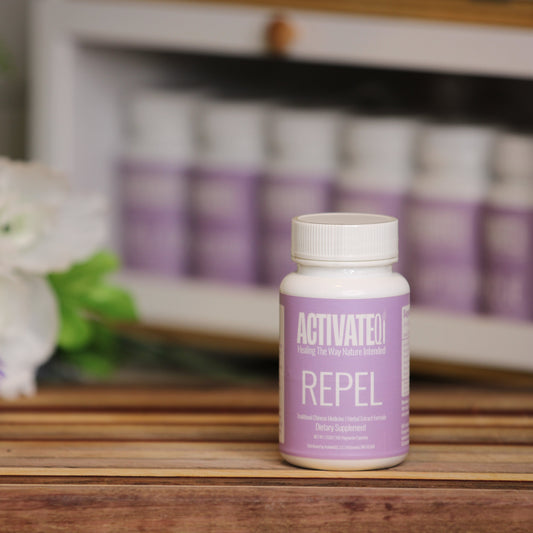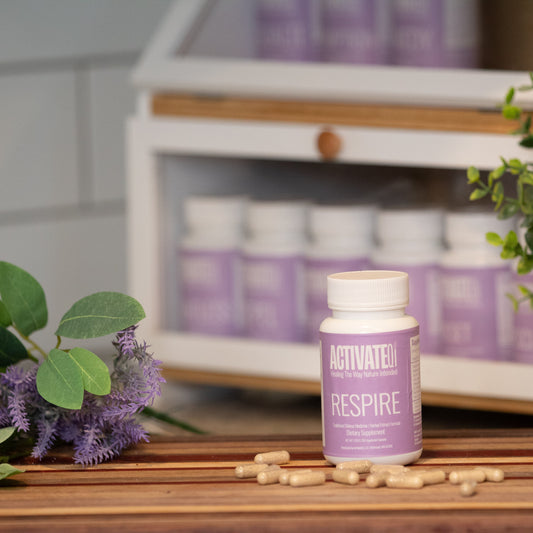The hot topic with your HOT horse—when they stop sweating, panic sets in. And we get it. Watching a horse struggle in the heat without the ability to cool itself is stressful. In that moment, it’s tempting to reach for a quick fix. But at ActivateQi, we’re not here to cover symptoms—we’re here to support true, long-term healing.
Sweating isn’t just about cooling down. In Traditional Chinese Medicine (TCM), sweat is a visible expression of internal balance. It reflects the harmony between the Lungs, Spleen, Liver, Kidneys, and even the influence of the external environment. When the body falls out of sync—especially in digestion, detoxification, or fluid metabolism—anhidrosis can result. Let’s explore Root Cause #1: Diet and Processed Feed.
How Diet Contributes to Anhidrosis
Modern horse feeds are often highly processed. They're packed with synthetic additives, refined grains, sweeteners, preservatives, and pesticide-laden ingredients. In TCM, these feeds are seen as introducing internal Dampness and Heat, two of the most disruptive pathological factors for fluid regulation and sweat production.
At the center of it all is the Spleen, the organ responsible for transforming food and fluids into Qi and Blood. When the Spleen is weak—whether from stress, poor digestion, or overexposure to processed feeds—it can't move fluids efficiently. The result? Dampness builds. Internal heat accumulates. Channels become blocked. And sweating slows or even stops.
In TCM Terms: What’s Really Happening
Grain-heavy diets are energetically damp and heat-forming. These feeds weaken the digestive system, referred to in TCM as the Middle Jiao, and introduce Damp-Heat. Chemically sprayed grains are considered a source of toxic Heat, burdening both the Liver and Spleen. These feeds lack vitality, or Qi, making them harder for the body to digest and process.
When processed feed enters the digestive system:
- The Spleen struggles to extract and distribute clean fluids.
- Fluids accumulate and stagnate, transforming into Dampness.
- This Dampness blocks the normal upward movement of fluids from the Spleen to the Lungs.
- As the Lungs fail to receive these fluids, pores don’t open, sweat can’t release, and internal heat builds.
Over time, these unresolved imbalances affect the Kidneys, which govern Yin fluids and play a key role in hydration and thermoregulation. As internal heat rises and fluids dry up, the body’s natural cooling mechanisms begin to fail.
Signs of Damp-Heat and System Disruption
Once this imbalance takes root, you may start seeing more than just a lack of sweat:
Liver Qi stagnation: irritability, eye issues, poor circulation
Heat signs: red skin, restlessness, dryness
Digestive inflammation: ulcers, gas, colic tendencies
Kidney Yin deficiency: chronic dryness, overheating, and exhaustion of the body’s cooling reserves
The Environmental Impact: Humidity & Dampness
While diet plays a foundational role, environmental conditions also heavily influence the body. Long-term exposure to heat and humidity introduces external Dampness. This can be absorbed through the skin, lungs, or digestive tract, and tends to settle in the Middle Jiao and muscles, clogging the channels that transport fluids.
In TCM, Dampness is Yin in nature—heavy, turbid, and obstructive. When the Spleen is already sluggish, external Dampness adds another layer of dysfunction. The result? Fluid transformation is disrupted, Qi becomes blocked, and the Lungs can no longer receive and distribute fluids to the skin’s surface.
So, What Can We Do About It?
This is where we shift from understanding the problem to initiating the solution. At ActivateQi, we pair two core principles for deep healing: Remove & Replenish.
Replenish
Our approach focuses on restoring what has been depleted and balancing what has been overworked:
- Strengthen the Lungs and Kidneys to restore proper fluid regulation and cool the body.
- Tonify Spleen Qi to eliminate Dampness and allow fluids to rise to the Lungs.
- Clear excess Liver Heat to regulate Qi and reopen blocked channels.
- Nourish Yin fluids to restore internal cooling and hydration.
Remove
While replenishing, we also support the body in detoxifying and letting go of what no longer serves it:
- Eliminate heavy metals and purify the blood.
- Clear toxic Liver heat caused by diet and environment.
- Support lymphatic drainage and fluid movement.
- Raise Lung Qi to support immune health and pore opening.
- Strengthen Spleen Qi to support digestion and fluid metabolism.
- Activate the Kidneys to boost cleansing and regulate body temperature.
True Healing Takes Root
Anhidrosis isn’t just a symptom to fix—it’s a message. A sign that the body’s internal systems are out of balance and asking for support. At ActivateQi, we believe in treating the root cause, not just the surface symptoms. Through strategic diet changes, holistic formulas like Replenish and Remove, and a TCM understanding of your horse’s internal environment, long-term healing is possible.





